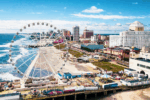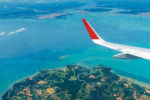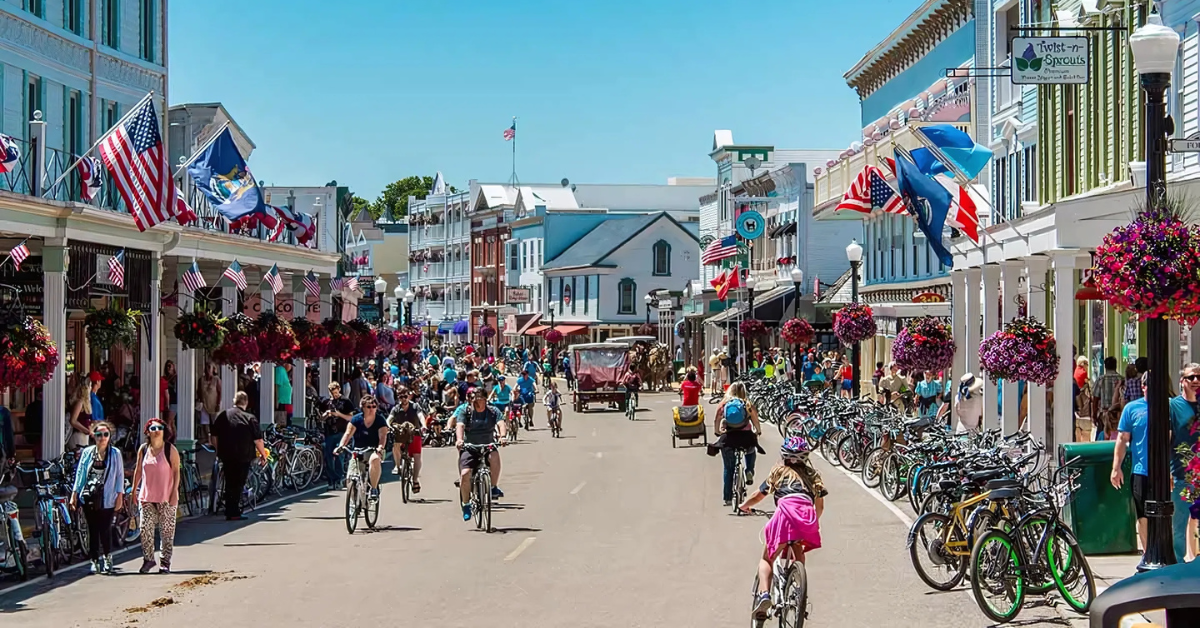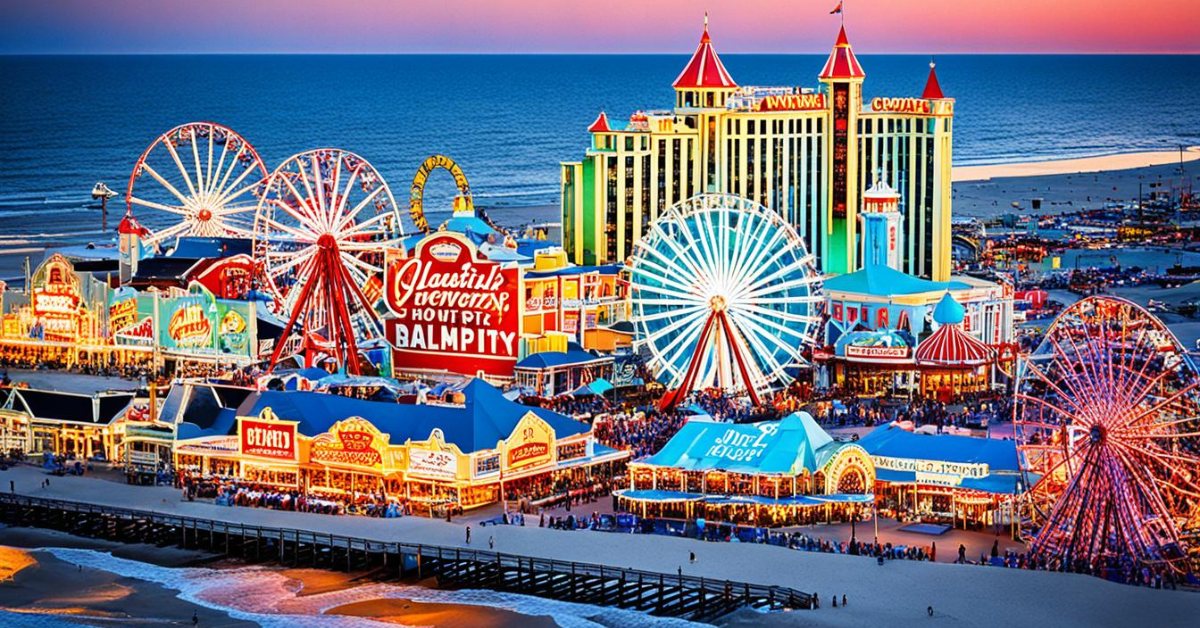With nearly 3.1 million visitors in July, the famous nightlife and entertainment capital is facing headwinds influenced by rising costs and changing consumer preferences. Convention attendance, a major economic driver for the city, has fluctuated, falling 10% in June but rebounding with a 10% increase in July, adding complexity to the tourism outlook.
A Rising Cost Barrier for Visitors
Experts attribute the downturn primarily to the rising costs associated with visiting Las Vegas. Bruce Rosenberg, global president of HotelPlanner, highlighted in a statement to NewsNation that prices for drinks averaging between $20 to $25 and high hotel resort fees are making Sin City increasingly expensive for travelers.
“Las Vegas has become too expensive for many visitors, especially with the combination of costly drinks and resort fees,” Rosenberg explained, underscoring how these factors are driving tourists to consider alternative lodging options in nearby rural areas.
This escalation in expenses has led visitors to explore accommodations outside the city limits, often opting for resorts in small rural towns near Las Vegas where prices remain more affordable.
Resort Promotions Aim to Lure Visitors Back
Facing this economic challenge, several Las Vegas resorts have implemented aggressive promotional strategies to attract guests and remain competitive:
- Resorts World has temporarily waived resort fees and parking charges through September 10.
- Sahara Las Vegas is offering perks such as free late checkout, complimentary parking, and room upgrades on selected stays.
These promotions represent efforts by the hospitality sector to counterbalance the impact of high costs and the recent decline in tourism. The Points Guy has highlighted these offers as key incentives designed to bring more visitors back to the city.
Implications for Las Vegas’s Economy and Tourism Industry
Las Vegas’s economy is heavily reliant on tourism, making the recent downward trend in visitor numbers a cause for concern among businesses and city planners. The fluctuating convention attendance further complicates the outlook, emphasizing the need for strategic responses from the industry.
Industry analysts suggest that without addressing the affordability issues, the city could face ongoing challenges in regaining its former tourism levels.







